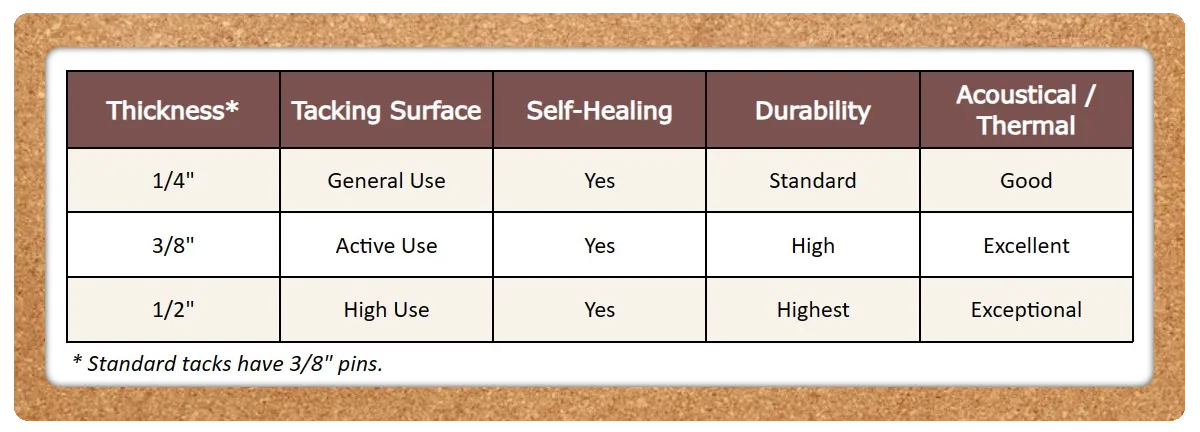The Amazing Natural Properties of Cork
Cork is a unique material whose inherent properties have never been equaled by any other natural or man-made substance. That’s why cork has been used for countless applications for thousands of years. Check out this History of Cork to see how many of today’s uses were common in ancient times, while new roles are being discovered all the time.
Among the important characteristics of cork are its sustainability and renewability. Ancient Greeks discovered that when cork was stripped from the tree, a new sheath of better quality quickly formed. Even with ever-increasing consumption, there is more cork available in the world now than ever before. After all, it does “just grow on trees!” Strong regulations are in place to ensure the health of cork oak forests in all growing areas. Trees produce a crop about every ten years until they are 200 years old. That makes cork the very definition of sustainability.
You’ll also be happy to know that in our age of synthetics and diminishing resources, nothing out-performs cork. How often can you make that statement about any other material? You’ll Learn more about cork’s magical combination of superior qualities and environmental friendliness below.
Be sure to contact us with any questions about ideas for using this incredible, purely plant-based product.
Beauty
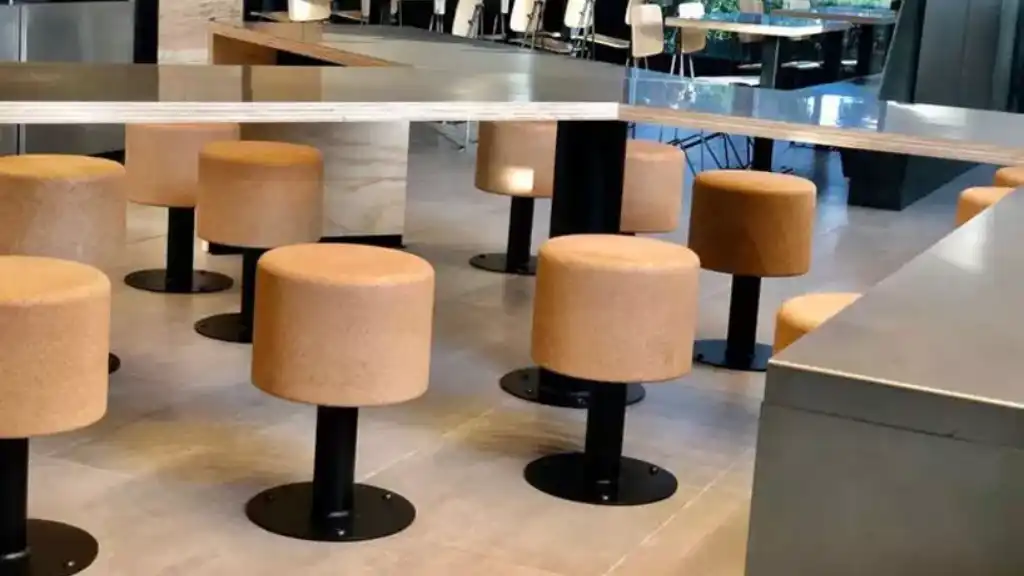
With its wonderful textures and tactile warmth, cork has been associated with the finest goods for centuries. Each piece is unique, with colors that vary according to the tree from which it was harvested, as well as the heat used in production. Cork’s rich tones complement other materials such as metals, glass, leather, and ceramics to create a luxurious look and feel for millions of home decor, fashion, architectural, and packaging products.
Resiliency
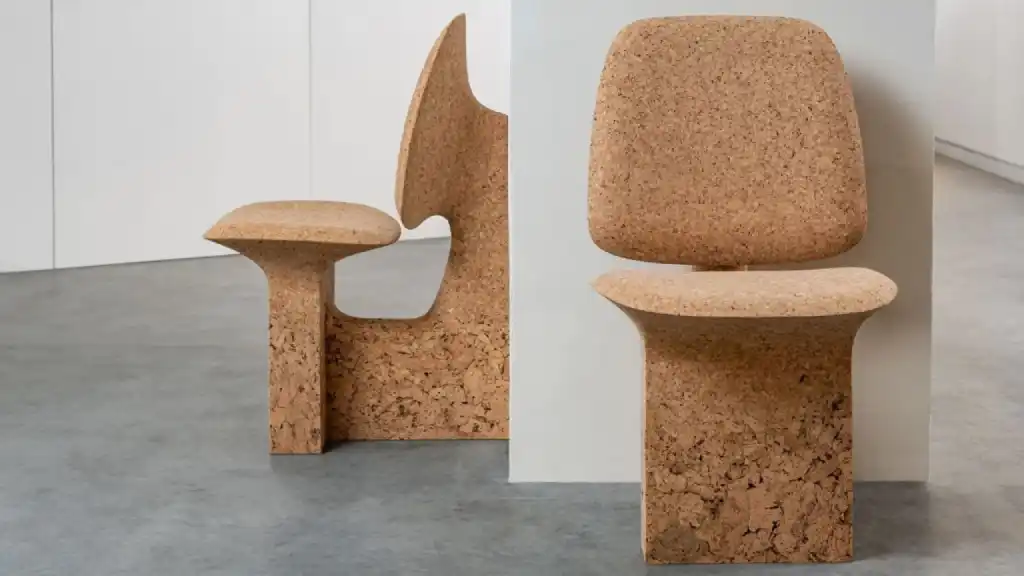
Cork flexes and compresses easily so it conforms to adjacent shapes, but it returns to its original dimensions once the force is relieved. Cork bottle stoppers take advantage of this property to form tight seals while still being easy to remove. The same bounce-back is important for cushioning in package insulation, flooring and underlayment, wall coverings, and furniture. Few lightweight materials can approach cork’s ability to support large loads with good damping.
Durability

Cork is extremely durable, and it resists absorption of foreign substances, making it well-suited to demanding environments such as building products, cork wall coverings, cork sheets, and floor coverings.
Lightness

Low density means cork floats very easily. Excellent buoyancy combined with low permeability to water explains why cork is so often used for buoys and watersports equipment. Since cork is also much more durable than lightweight plastic foams, there are high performance advantages with very low weight. Footwear is another use that combines strength, cushioning, and light weight.
Thermal Management

Cork is an outstanding thermal insulator with very low density and high fire resistance. This is why critical insulation applications such as aerospace, civil and architectural construction specify this natural material over human-made alternatives. The nose cones of spacecraft are made of a combination of cork and ceramic that protects the vehicles during multiple re-entries. Cork absorbs very little energy from direct sunlight, keeping it comfortable to the touch. Considering that Ancient Romans used cork for beehives, winter shoes, and insulation planks in home-building due to low heat conduction, this has been one of cork’s most appreciated qualities throughout civilization.
Sound Absorption
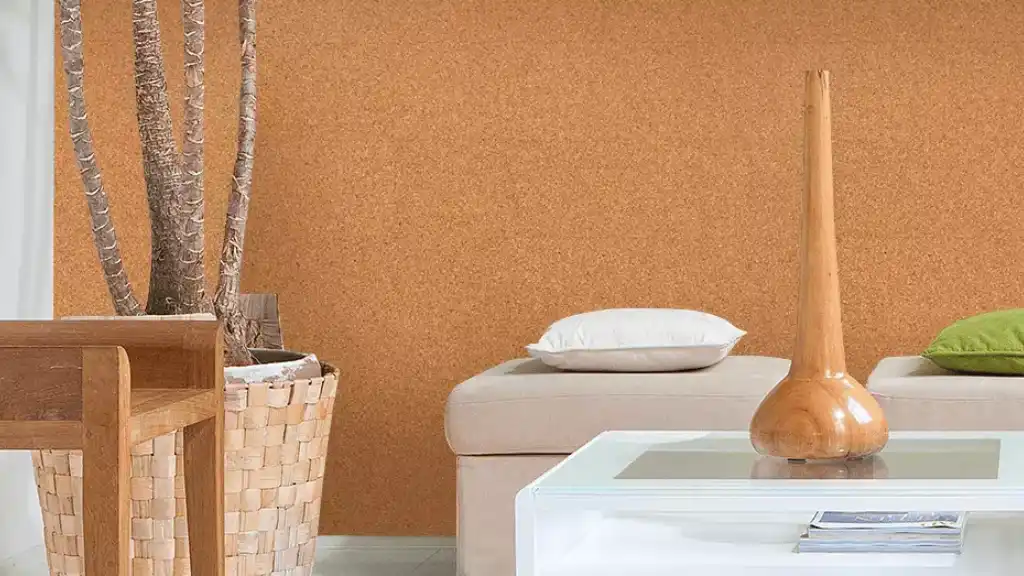
Unlike regular surfaces, cork reflects very little sound. Walls covered with cork attenuate and diffuse noise, reducing sound transmission and reverberation between adjacent spaces. Wood and ceramic floors with cork underlayment keep noises isolated. Cork panels are frequently used in office partitions, recording studios, concert halls, retail stores, laboratories, and industrial sites to manage sound penetration and reflection. Cork’s resilient cushioning is a complement to its low sound transmission: Striking cork inadvertently – as you might with a chair in a conference room – produces minimal sound within the room or through a wall.
Traction
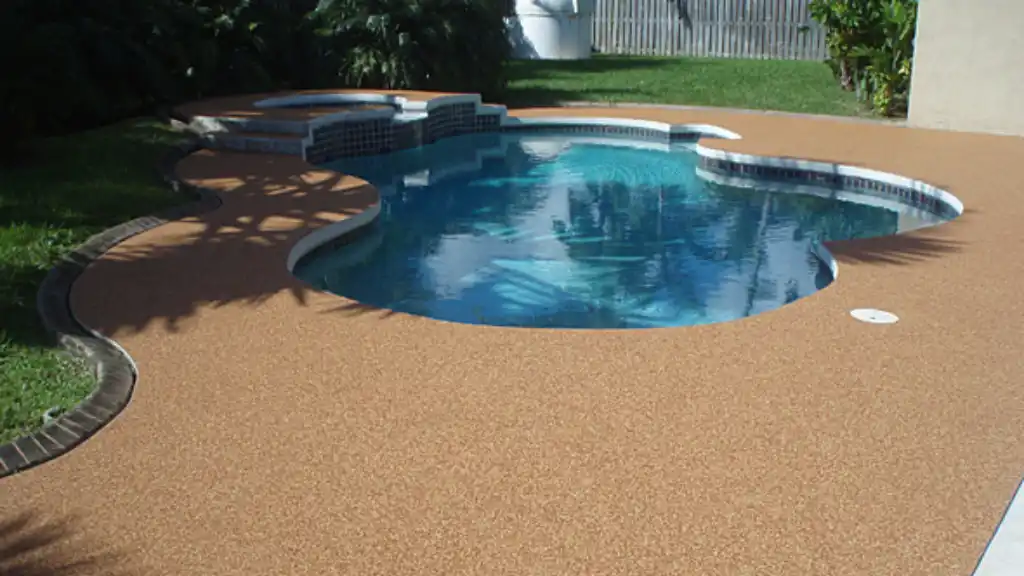
Cork provides a grippy surface — especially when wet — due to its high friction coefficient and open-cell structure. This makes it especially useful in kitchen and bathroom environments. Jar closures, handgrips for tools and sporting goods, and anti-skid mats are common items that take advantage of this feature.
Low Permeability
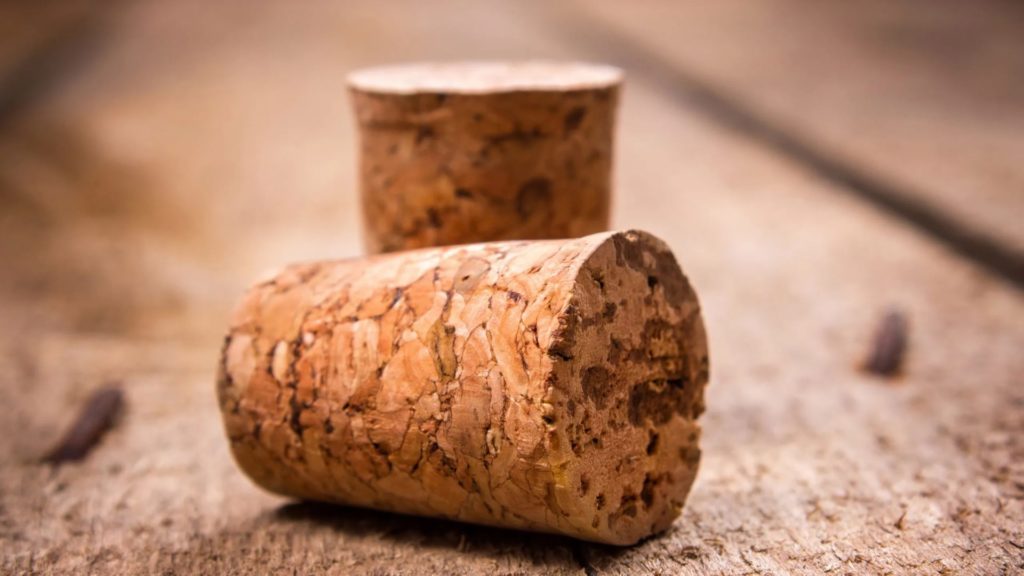
Because cork will not pass liquids and most gases, it is ideal for container closures for wine, spirits, and cosmetics. Impermeability, combined with its ability to compress and conform, makes cork a common choice for gaskets and seals. This same property helps it resist staining and soiling for décor and architectural uses. Cork does not rot and is food-safe and non-reactive with most common liquids and solids.
Fire Safety
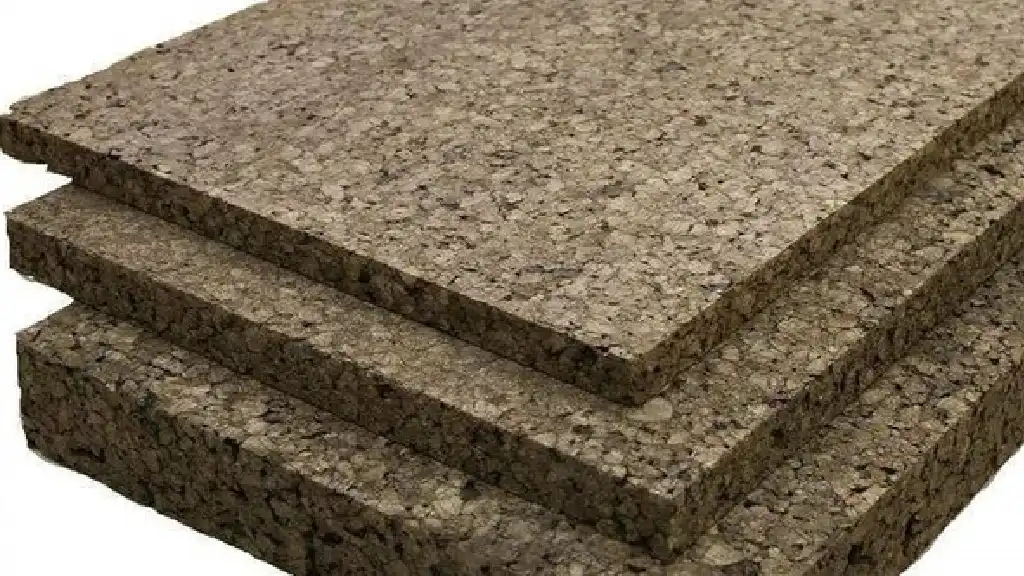
Cork bark is a fire survival adaptation for the tree, so it resists flames quite effectively. A propane torch concentrated on a cork surface for a short time will certainly create a burnt spot, but the burning extinguishes itself once the flame is removed. The depth of the resulting burn is very shallow, meaning the fire-resistant quality is retained. In addition, the high thermal insulation qualities of cork can keep heat from getting to more flammable sub surfaces.
Pest, Mold, and Disease Resistance
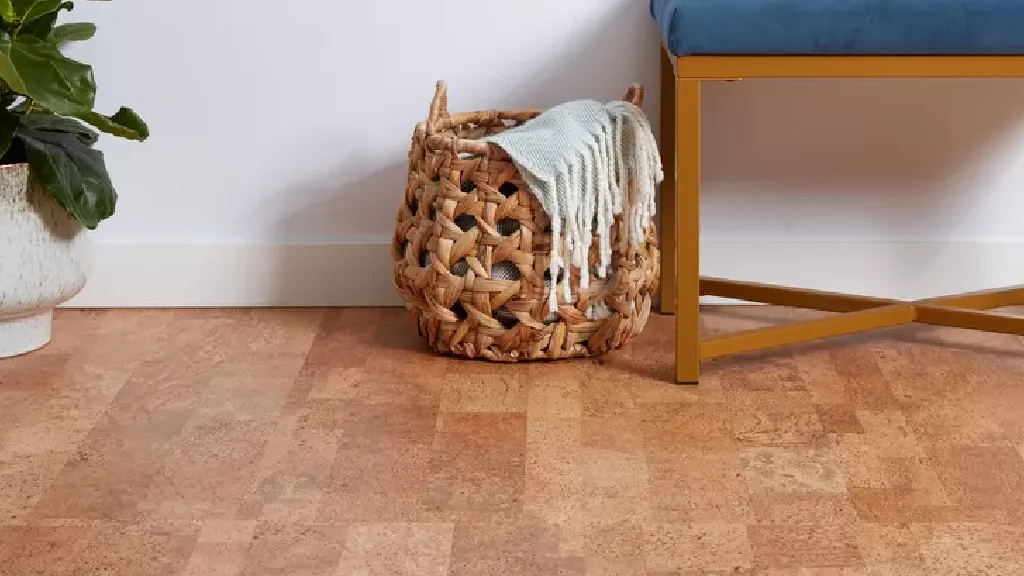
Cork is rarely allergenic to humans, and it is naturally inhospitable to pests without addition of chemicals. A compound called Suberin in cork makes it unattractive to termites, ants, mites, or other insects for food or nesting. Ceroid compounds in cork not only resist water intrusion, but also have anti-microbial characteristics. Consequently, mold, mildew, fungi, and bacteria find cork inhospitable. Cork has exceptionally low levels of volatile organic compounds (VOCs) so indoor air stays safe.
Environmental Friendliness
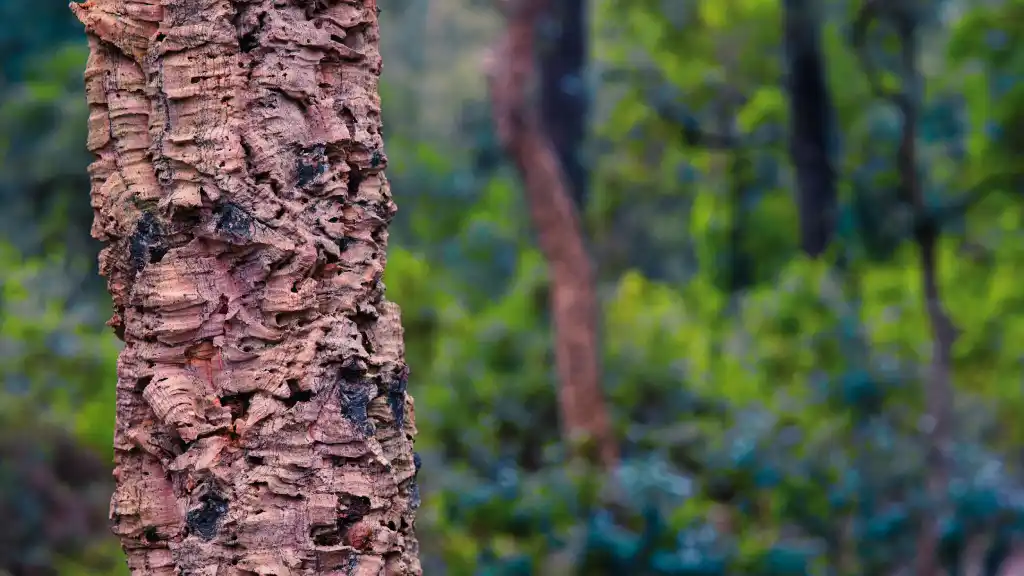
Bark is harvested without cutting down the trees, which means long-standing cork forests prevent soil erosion. Cork also aids forest biodiversity by providing essential habitats for threatened plants and animals. Every pound of cork produced absorbs an average of 55 pounds of carbon dioxide from our atmosphere. Since cork is stripped from the trees by hand labor, there is very low fossil fuel consumption associated with harvest – unlike lumber and bamboo where vast numbers of whole trees and plants are clear-cut and sawn with power machinery. 100% of the harvested bark is used to make products, including dust compressed into biomass for clean fuel. Cork is highly recyclable.
